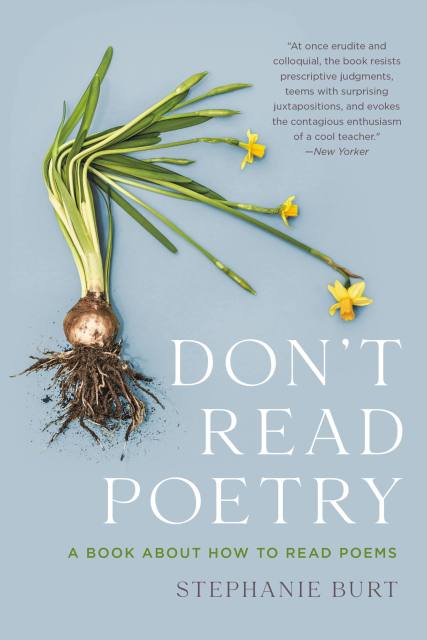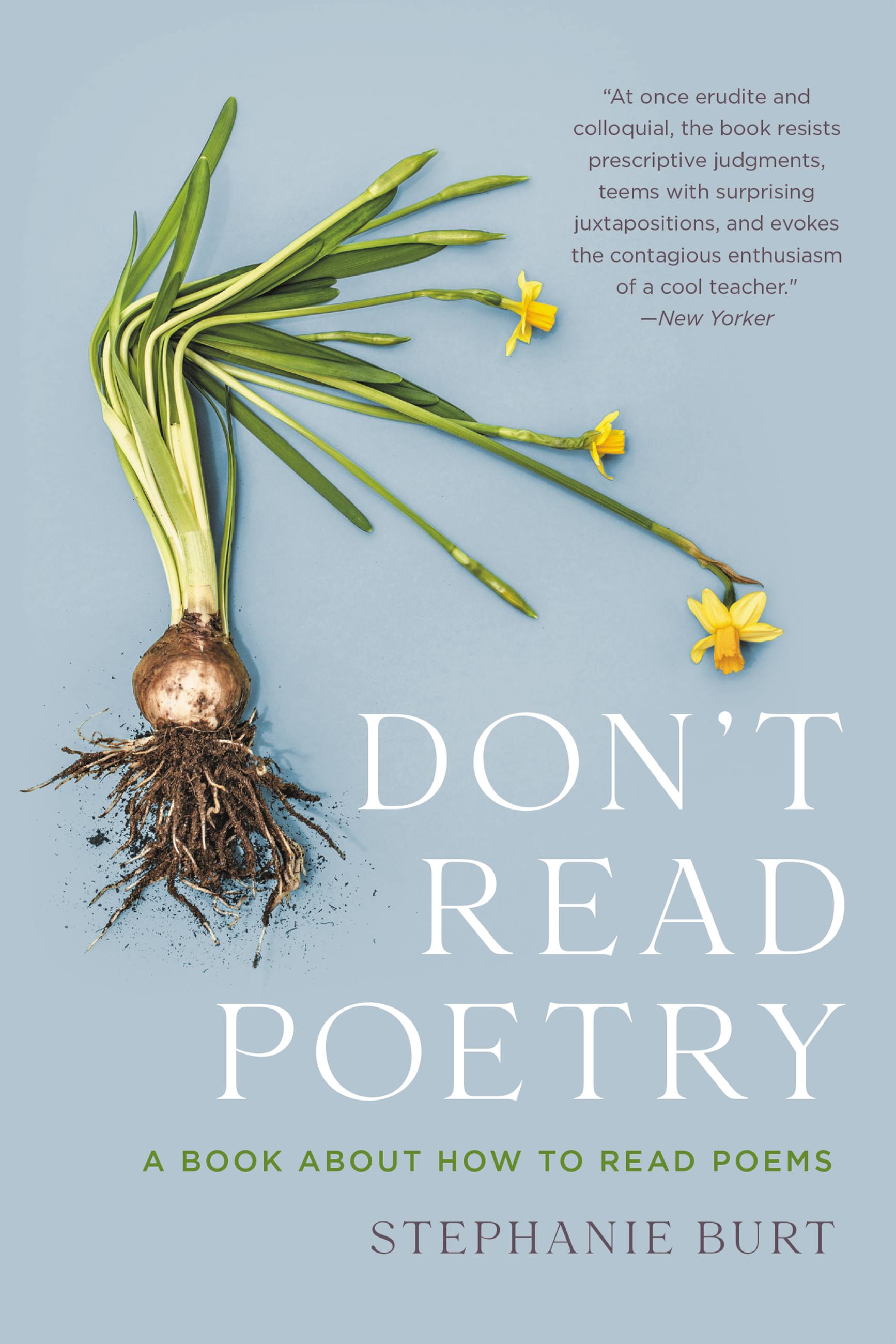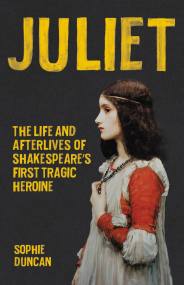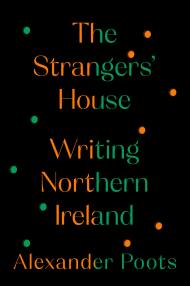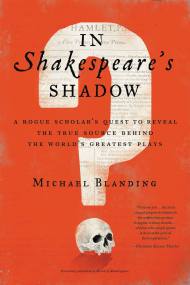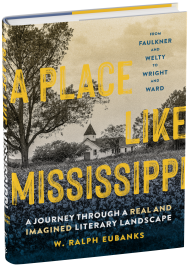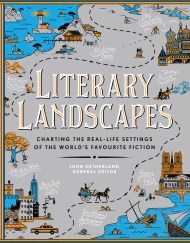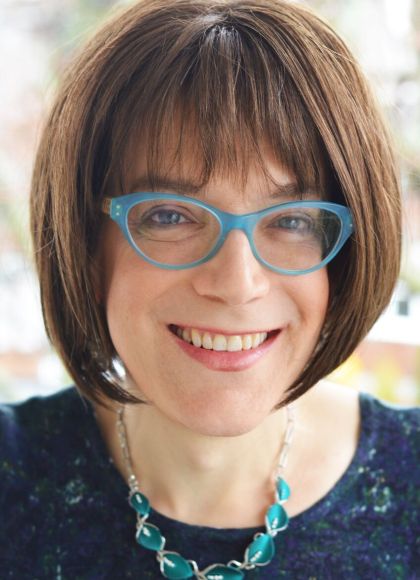Promotion
Use code MOM24 for 20% off site wide + free shipping over $45
Don't Read Poetry
A Book About How to Read Poems
Contributors
Formats and Prices
Price
$18.99Price
$23.99 CADFormat
Format:
- Trade Paperback $18.99 $23.99 CAD
- ebook $17.99 $21.99 CAD
- Hardcover $30.00 $39.00 CAD
This item is a preorder. Your payment method will be charged immediately, and the product is expected to ship on or around May 9, 2023. This date is subject to change due to shipping delays beyond our control.
Also available from:
In Don’t Read Poetry, poet and literary critic Stephanie Burt offers an accessible introduction to the seemingly daunting task of reading, understanding, and appreciating poetry. Burt dispels preconceptions about poetry and explains how poems speak to one another—and how they can speak to our lives. She shows readers how to find more poems once they have some poems they like, and how to connect the poetry of the past to the poetry of the present. Burt moves seamlessly from Shakespeare and other classics to the contemporary poetry circulated on Tumblr and Twitter. She challenges the assumptions that many of us make about “poetry,” whether we think we like it or think we don’t, in order to help us cherish—and distinguish among—individual poems.
A masterful guide to a sometimes confounding genre, Don’t Read Poetry will instruct and delight ingénues and cognoscenti alike.
Genre:
-
"[An] inviting guide to an art form often seen as abstruse... At once erudite and colloquial, the book resists prescriptive judgments, teems with surprising juxtapositions, and evokes the contagious enthusiasm of a cool teacher."New Yorker
-
"[T]here are some empowering concepts and more than a few compelling arguments should you decide to approach Don't Read Poetry . . . with an open mind, a gracious ear, and a loving heart."New York Journal of Books
-
"Charming...Burt is a delightful companion who reminds us that poems go down a lot better if we read them out loud and slowly...The whole idea of Don't Read Poetry is not only to celebrate the freedom and inventiveness in poems...but also to connect poems to a larger world of beauty."The Christian Science Monitor
-
"Burt is well-suited to convince even the most skeptical readers that poems, indeed, should be read by everybody."Booklist (starred review)
-
"In this eloquent literary primer, Burt...contends with poetry's reputation for inaccessibility...[A] sweeping, insightful survey."Publisher's Weekly
-
"Don't Read Poetry is for readers hunting sharp, nimble thinking about culture, comprehension, and poems. Whether discussing an ancestral Hawaiian language, a canonical poet like Langston Hughes, or contemporary poets like Rodrigo Toscano and Jennifer Chang, Stephanie Burt manages to illuminate 'the difficult process of turning paired marks into words.' Don't read poetry, she suggests, read poems. This is a book for anyone who reads with curiosity, care and imagination."Terrance Hayes, author of American Sonnets for My Past and Future Assassin
-
"When I began Stephanie Burt's Don't Read Poetry, I fully expected her to widen and deepen my appreciation of this art form. Burt is, after all, a masterful poet, teacher, and literary critic. What I didn't necessarily expect was that I'd have such a great time absorbing what she has to say. Whether you love poetry or resist it, you will enjoy this entertaining and enlightening book."Wally Lamb
-
"For the past fifty years, poetry critics have battled over what poetry is, which poets mattered, and which didn't. Stephanie Burt says they had it wrong. Don't read poetry, this dedicated pluralist tells us, if by poetry you mean one thing. If however you want to read poems, and discover the manifold ways they can be -- and help readers to be -- good (for Burt's aesthetic vision is ultimately ethical), read this lucid, informed, and deeply humane book."Langdon Hammer, author of James Merrill: Life and Art
- On Sale
- May 9, 2023
- Page Count
- 320 pages
- Publisher
- Basic Books
- ISBN-13
- 9781541603615
Newsletter Signup
By clicking ‘Sign Up,’ I acknowledge that I have read and agree to Hachette Book Group’s Privacy Policy and Terms of Use
